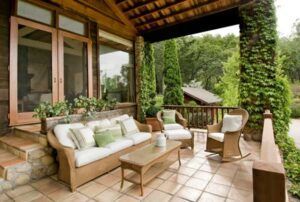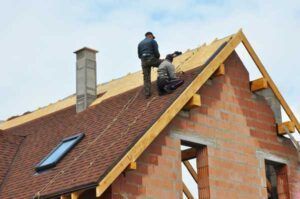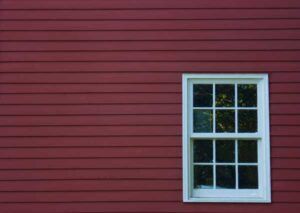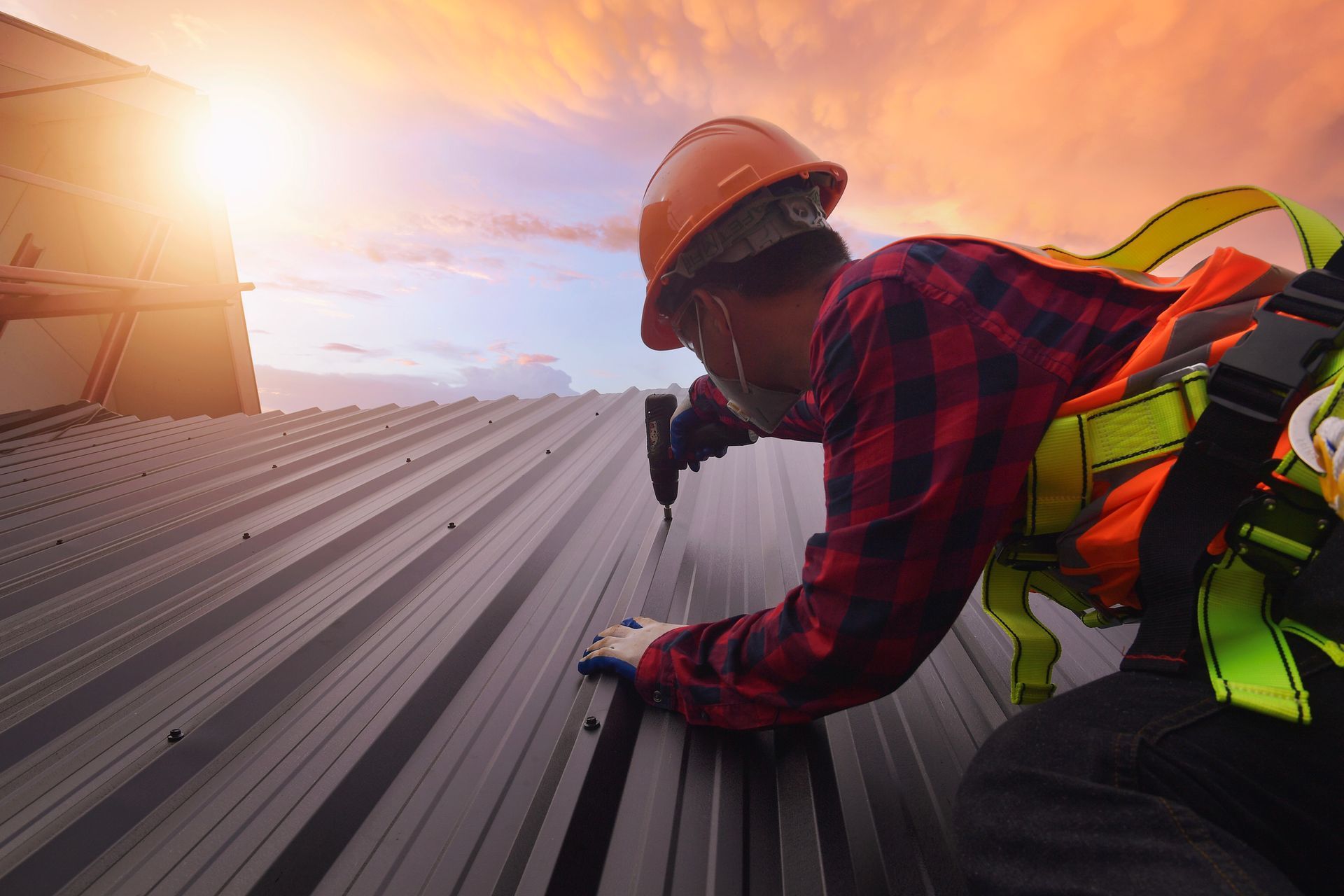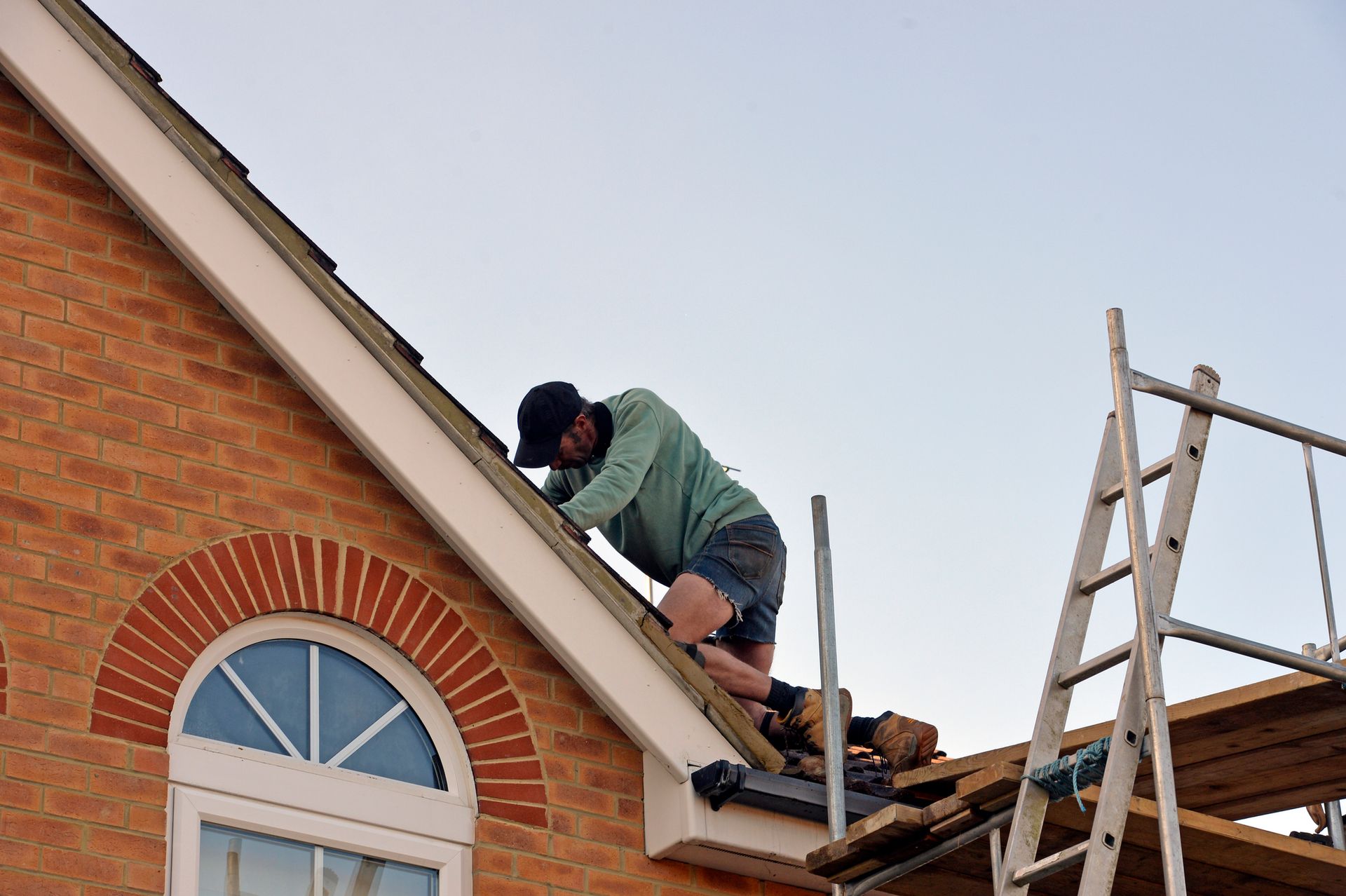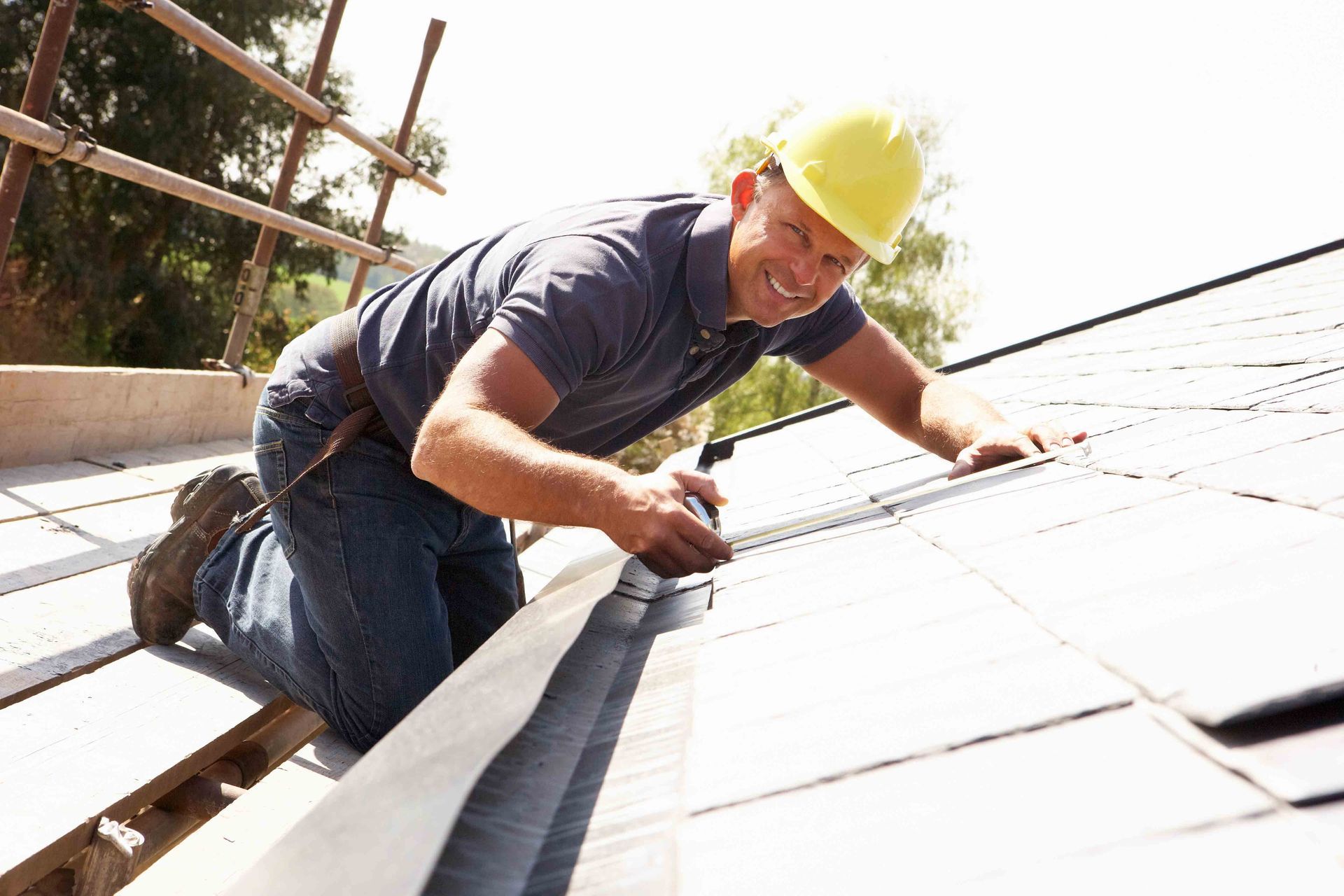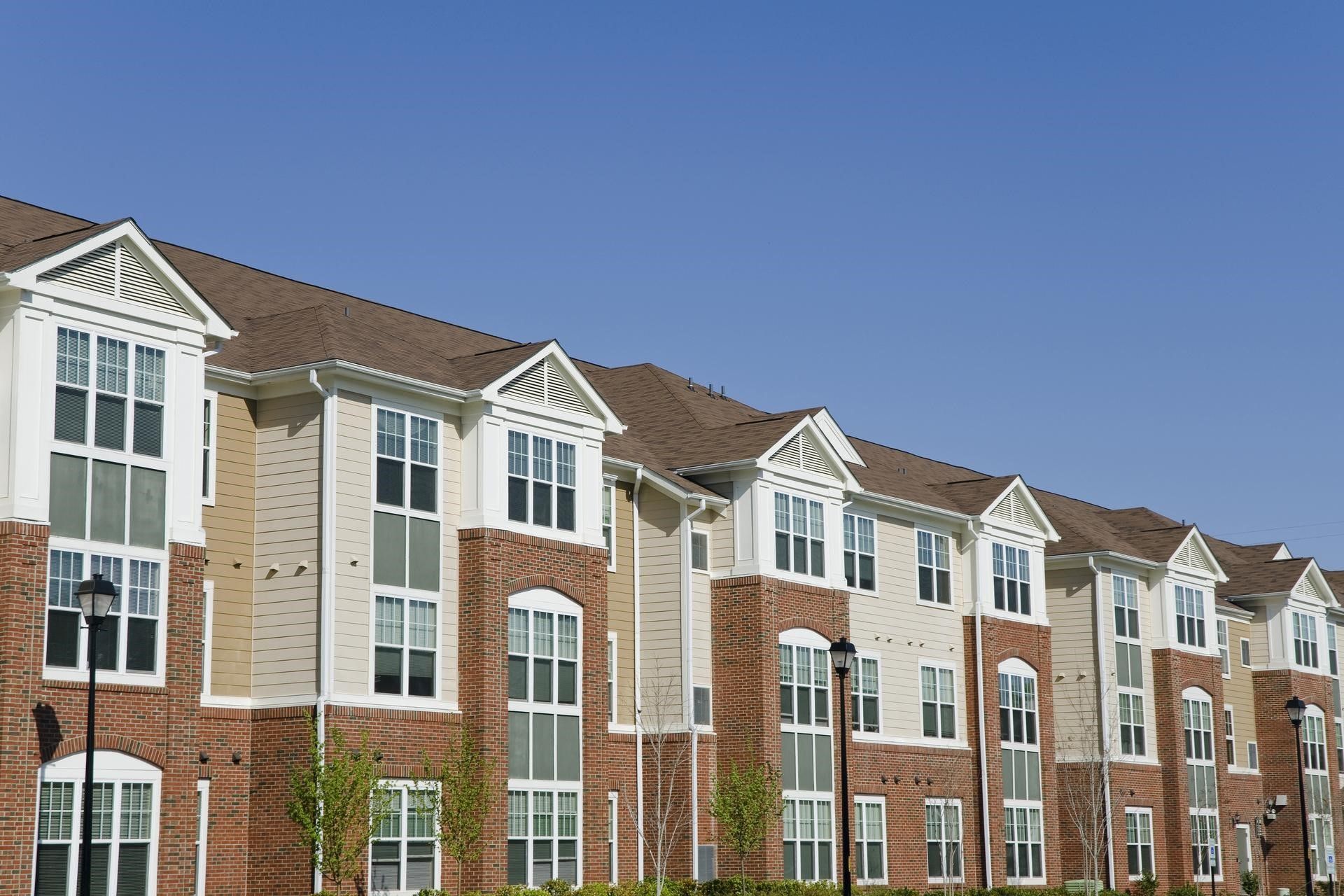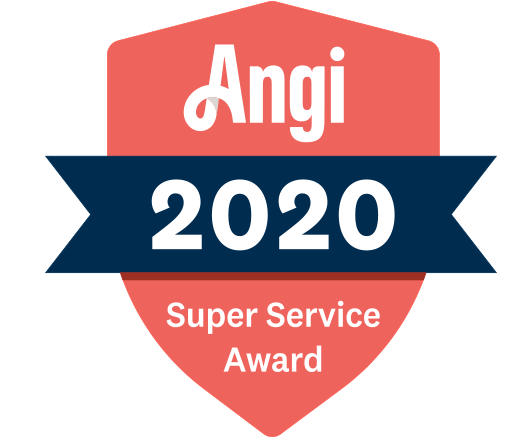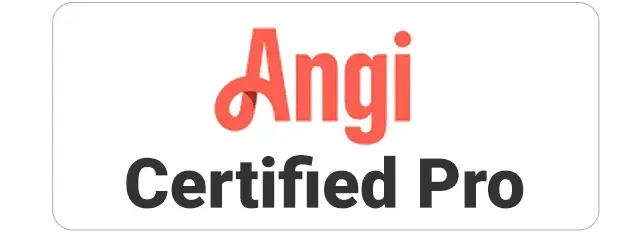4 Popular Flat Roof Material Options
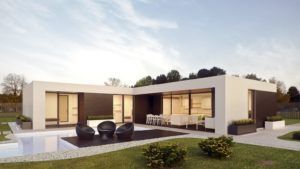
A flat roof is a structure with a mostly flat surface with no pitch or slope. Flat roofs are standard for commercial as well as many residential buildings.
Flat roofs come in several material options. Each material is ideal for different situations and has its benefits and drawbacks. Additionally, water pooling is a major problem with flat roofs and is one of the key areas of consideration. Other critical factors include life expectancy, energy ratings, and ease of repair.
Choosing the right material can save you time and money down the line. Below is a list of the most common flat roof materials.
1. EPDM Rubber
EPDM (ethylene propylene diene monomer) is a synthetic material made from recycled rubber. EPDM is a versatile and effective roofing solution that can work for many building types.
Installation of rubber roofing involves seaming rubber strips with adhesive. Rubber roofing has gained popularity amongst homeowners and business owners because EPDM:
- Is environmentally friendly
- Is durable
- Is resistant to the elements
- Is easy to patch during repairs
- Is low maintenance
- Has a straightforward installation process
In spite of its many qualities, EPDM is not as energy-efficient, as it absorbs a lot of heat. Rubber roofing is also prone to shrinkage. And while rubber is easy to repair, the shrinkage easily breaks its seams, leading to leaks.
2. Build Up Roofs (BUR)
Build Up Roofs (BUR) is a tried-and-tested roofing technology that has been in use in the US for over 100 years. Since then, BUR materials and the installation process have evolved for the better.
Today, BUR installation involves alternating layers of bitumen and fabric and a topping layer of gravel or stone. The layers of bitumen are essential for the watertight protection of the roof. The gravel forms great traction for foot traffic and increases the roof’s fire rating.
On the downside, BUR takes a lot of time to install due to its multiple layers. Consequently, the building costs are high due to the labor and material costs. BURs are also very heavy, so you have to ensure the underlying structure is strong enough to handle the pressure.
3. Polyvinyl Chloride (PVC)
Polyvinyl chloride (PVC) is single-ply roofing material for both residential and commercial buildings. Installation of a PVC roof involves heat welding, making the roof impervious to water.
PVC is naturally resistant to fire and can also withstand strong winds. Therefore, if you live in an area prone to strong winds, PVC is a prudent choice.
With PVC, homeowners also have a wider variety of color options. Reflective bright colors are better for warmer climates, while dull hues are excellent for the winter season.
And with a lifespan of up to 30 years , PVC still makes for a good investment project despite its high installation cost.
4. Spray Polyurethane Foam (SPF)
Sprayed polyurethane foam is a plastic-based material that can form a continuous and seamless membrane. SPF is usually applied in layers using a spray gun, enabling the contractor to achieve an even application.
SPF roofing systems are lightweight, flexible, and durable. SPF roofs are also energy-efficient because they reflect heat and UV rays, keeping your home cooler in the summer months. Furthermore, SPF keeps moisture from entering your attic space and any pests trying to get inside your home.
Choosing the right roof material for your home or business can be a daunting task. The most important thing is to make sure you are well informed and choose the material that best meets your needs. Hopefully, the above guide has helped you understand some of the options that might work for many years.
If you want to know more about flat roofing options or want help determining which option is best for your home or business, contact us today.
The post 4 Popular Flat Roof Material Options appeared first on D.S. Bahr Constraction, Inc.
